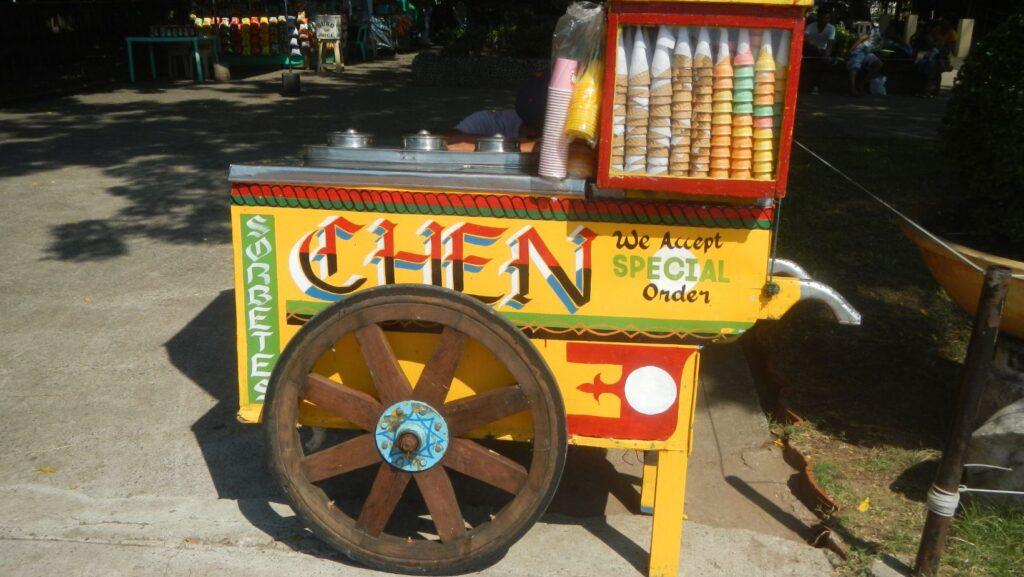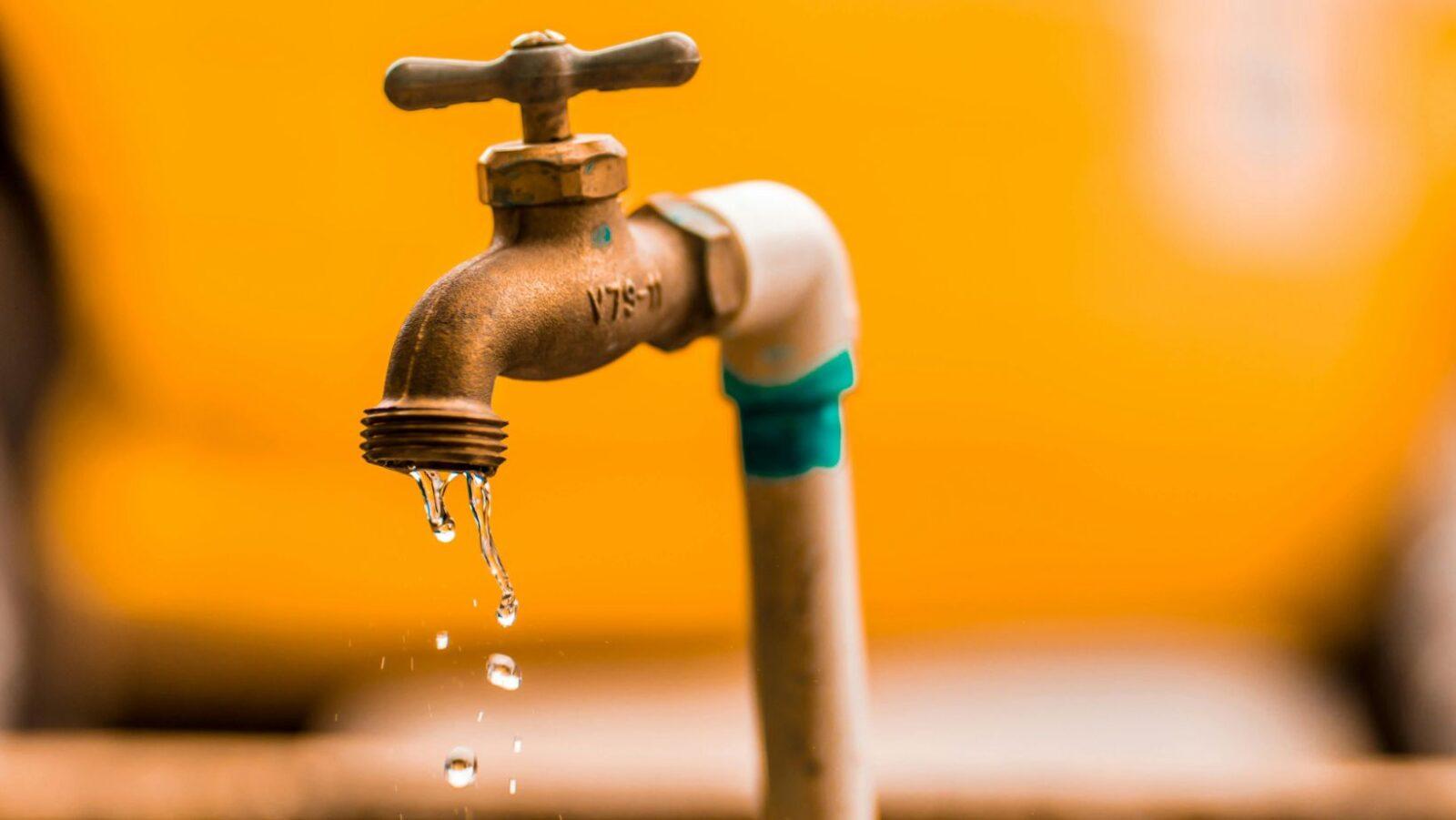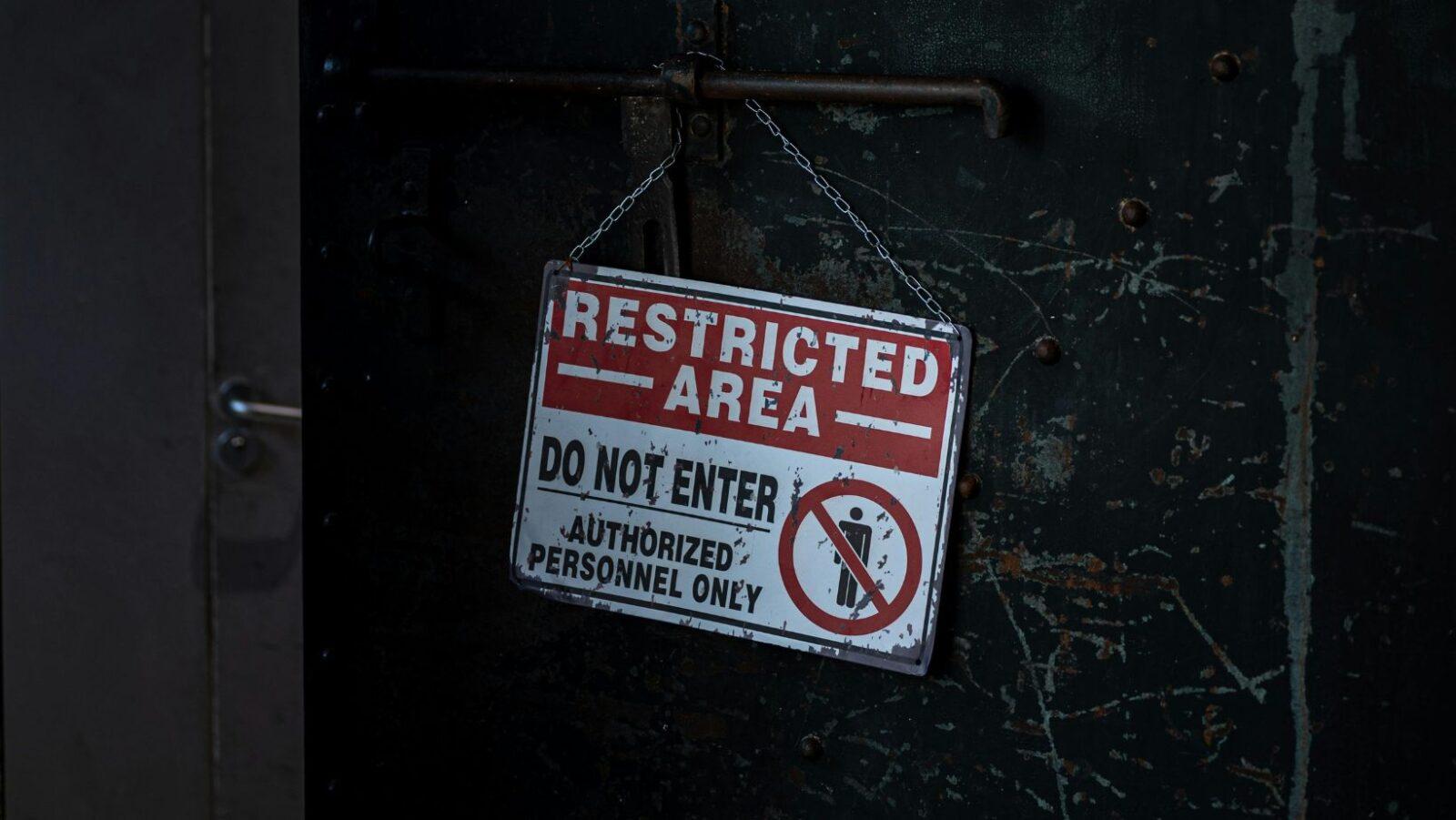
In the Philippines, we don’t have ice cream trucks. Instead, we have our mamang sorbeteros who roam the neighborhoods, peddling sorbetes or what’s commonly known as “dirty ice cream.” But have you ever wondered how it came to be — and why it’s called “dirty ice cream” in the first place?
Sorbetes is the Philippines’ traditional ice cream, made from carabao milk and native flavorings like cheese, chocolate, ube, mango, and jackfruit. This ice cream’s history can be traced to the 1800s, when the Philippines first started importing ice. At the time, though, it wasn’t a treat for the masses, because ice was still expensive. Instead, it was served only during banquets or grand celebrations.
How to make traditional Pinoy sorbetes
While we usually leave the manufacturing to the sorbeteros, here are the basics of how sorbetes is made:
1. Prepare ingredients: dairy, sugar, cornstarch, and flavorings.
2. Mix all ingredients (except flavorings) until foamy.
3. Boil the mixture for 15 minutes to kill bacteria. Then, let it cool.
4. Freeze until half-frozen.
5. Mix the half-frozen sorbetes and transfer them to a stainless steel container.
6. Surround the container with a mixture of ice and salt.
7. Wait 20 minutes before serving.
How does sorbetes stay frozen under the heat?
Sorbeteros usually sell their ice creams by peddling them in flashy carts with no electricity. So, how do they keep their ice cream solid when they roam the streets for hours? It’s not magic – there’s science behind this phenomenon.
As stated in the procedure earlier, the half-frozen mixture is transferred to a container and surrounded with ice and salt. This salt and ice mixture is responsible for freezing the ice cream and keeping it from melting.
Ice can only be as cold as 0 degrees Celsius (32 degrees Fahrenheit), which is its freezing or melting point. However, ice cream can’t freeze at 0 degrees Celsius because of its dairy content; you need a colder environment. Thus, the challenge is to lower the freezing point of ice. Salt achieves that by interfering with ice crystal formation. Now that the ice can be colder than 0 degrees Celsius, it can solidify the ice cream and keep it that way for some time.
However, as you’ve likely learned from science class, the freezing point is the same as the melting point. So if you lower the freezing point of ice with salt, doesn’t that mean you’re making it easier to melt it? In a way, the ice would melt faster with salt. However, most sorbeteros already know how much ice and salt they need to use so that all the ice won’t melt before they’ve sold their ice cream. Thus, they adjust the ratios.
Why is it called dirty ice cream?
As delicious as sorbetes is, it’s sometimes a wonder that we aren’t deterred by its more popular (and rather offensive) nickname: dirty ice cream. Here are a few reasons why it’s called that:
To market store-bought or factory ice cream: When big companies first mass-produced ice cream here, they branded themselves as the “cleaner” option.
Aseptic preparation: Unlike factory ice cream, there are hardly any standards or regulations for making sorbetes.
Unsanitary peddling: Dirty ice cream is sold in the streets, exposed to all sorts of pollution and dirt. Also, sorbeteros typically don’t wash or change hands when handling bills, cones, and ice cream.
Is it fair to call it dirty?
There’s no particular reason for it to be called dirty ice cream. So, is it still fair to call it dirty?
Research has found that local sorbetes or dirty ice cream have traces of microbes like coliform and Staphylococcus. Since “dirty” is an adjective we often use to describe unclean things that can make us sick, dirty ice cream can technically be called “dirty,” based on those findings. However, we should also acknowledge that the same risks are present in other homemade ice creams, not just those made by sorbeteros (or Filipinos, for that matter — from 1966 to 1976, there was a salmonellosis outbreak in the United States due to homemade ice cream).
Furthermore, even store-bought, factory-made ice cream isn’t perfectly clean. For example, in 1996, ice cream distributed by U.S. food company Schwan’s was contaminated with salmonella, leading to 400 confirmed cases. Projected figures were even as high as 5,000.
Ultimately, the term “dirty ice cream” shouldn’t be used to maliciously single out Filipino ice cream as unsafe. However, if you’re an avid consumer of sorbetes, you should still be aware of the risks that come with consuming this icy treat. —MF
References
- Taste Atlas: Sorbetes
- Rappler: [Ilonggo Notes] The fascinating history behind Filipino frozen delights in Iloilo
- Business News Philippines: Home-Based Food Business Idea: Recipe for Sorbetes
- How Stuff Works: Why Is Salt Used to Melt Ice on the Roads in Winter?
- McGill: Salt is used to melt ice, but it is also used to make ice cream. Why?
- Amaeya: Nothing dirty about ice cream, with Ambeth Ocampo
- Asian Journal of Agriculture and Food Sciences: Evaluation on the Sensory Preference and Microbiological Properties of Street Vended Ice Cream
- Manila Bulletin: Gen Z calls out Tiktoker for captioning dirty ice cream, well, dirty ice cream
- ResearchGate: Microbial Analysis of Ice Cream Produced by Big-Scale and Small-Scale Manufacturers in Metro Manila
- JAMA Network: An Outbreak Report and Summary of Outbreaks in the United States in 1966 to 1976
- Washington Post: TRUCK LINKED TO ICE CREAM POISONING









